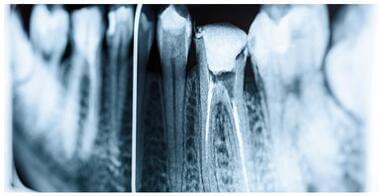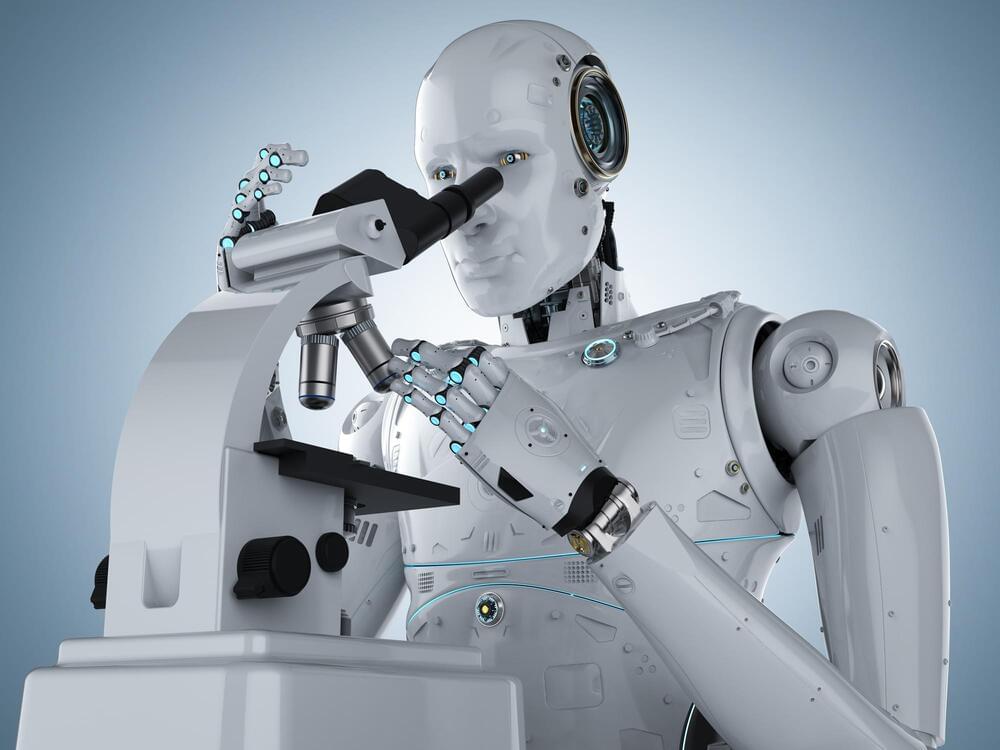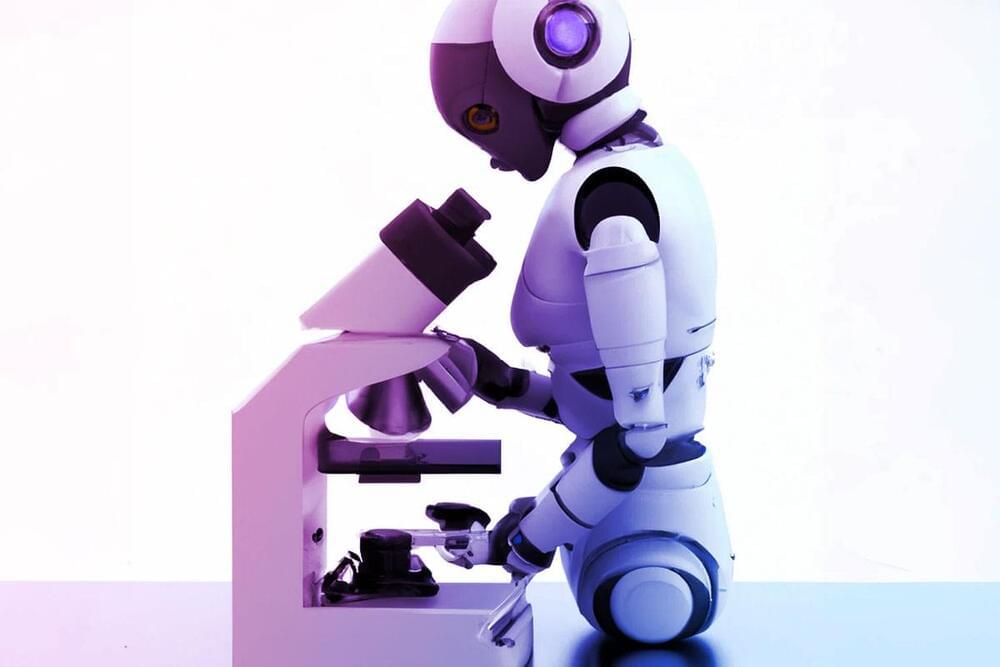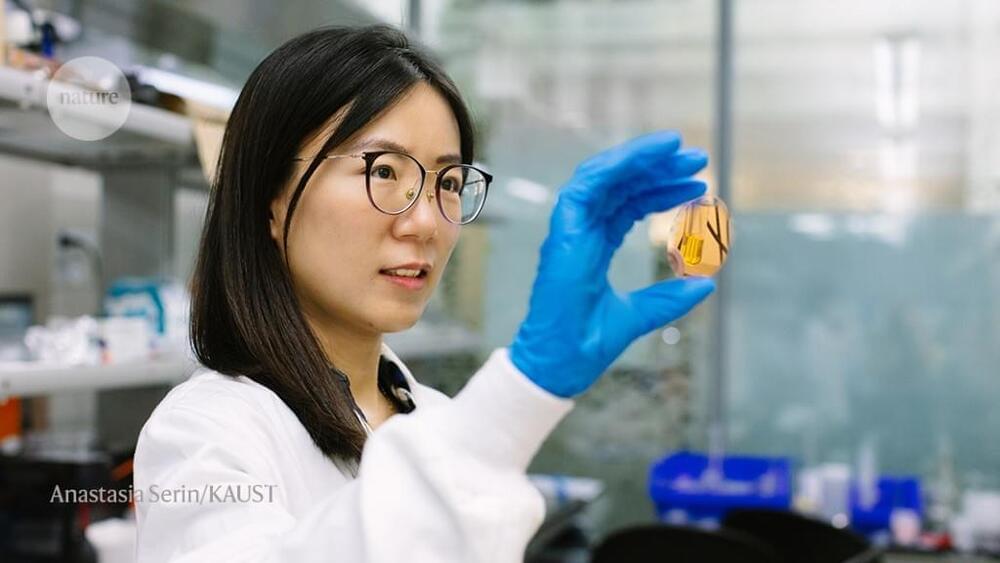Summary: Researchers have identified spatial and temporal abnormalities in spontaneous fixational saccades as a potential biomarker for cognitive and positive symptoms in schizophrenia. Researchers combined patient data of fixational eye movement recorded over 60 seconds with machine learning technology, which was able to determine schizophrenia with 85% accuracy. This discovery suggests that fixational saccades could serve as an easily obtainable complementary diagnostic tool for the condition.
Source: Chinese Academy of Science.
In a study published online in the Schizophrenia Bulletin, researchers from Dr. Wang Wei’s lab at the Center for Excellence in Brain Science and Intelligence Technology of the Chinese Academy of Sciences, and Dr. Wang Jijun’ team at Shanghai Mental Health Center, Shanghai Jiao Tong University School of Medicine, demonstrated spatial and temporal abnormalities of spontaneous fixational saccades and their correlates with positive and cognitive symptoms in schizophrenia, suggesting that fixational saccades are a promising and easily obtainable biomarker for cognitive and positive symptoms and for complementary diagnosis in schizophrenia.









